Phlox subulata
Let’s start the review with phlox subulata. Why with it? It’s very simple. Firstly, this variety has a bright color range. Secondly, this perennial does not require special care, it is enough to provide regular watering and choose a sunny place.
This evergreen plant is characterized by moderate growth, and therefore you can be sure that phlox will not “crowd out” other flowers in the flowerbed.
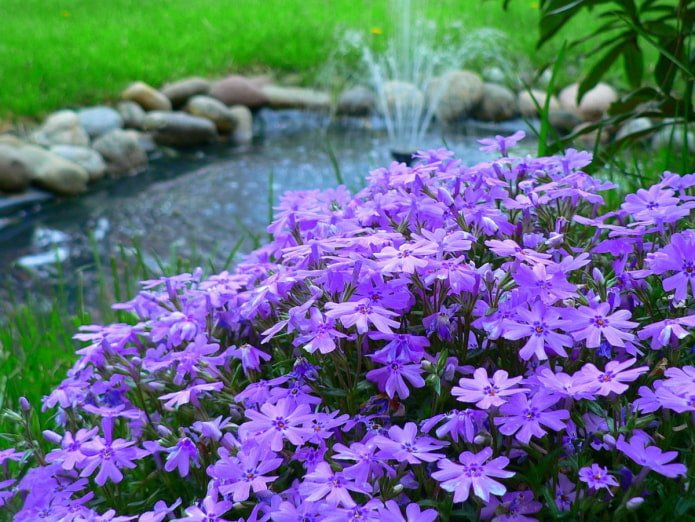
Daisies
Low-growing daisies can be used to decorate a summer cottage, a terrace, and a balcony in panel high-rise buildings. They grow equally well both in open ground and in small flower pots.
To ensure that the flowers delight you throughout the summer season, do not forget about nutritious soil, regular abundant watering, and good drainage (if you decide to grow them in an apartment).
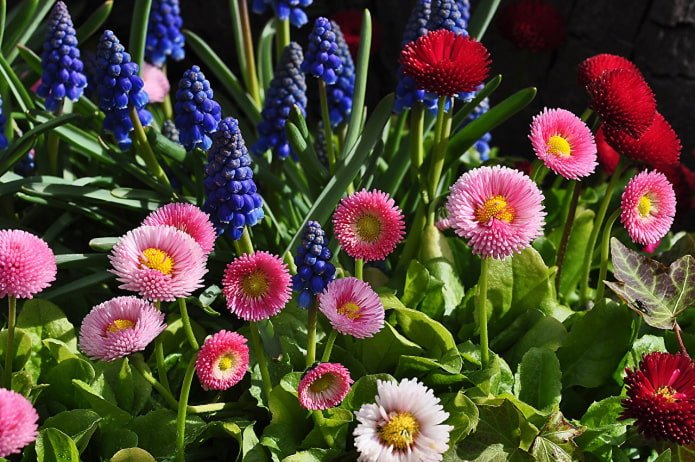
Ornamental cabbage
An unexpected and very interesting option. Decorate the flowerbed with several heads of ornamental cabbage and be sure that no one will be able to pass by.
To make the representatives of this low-growing plant look truly exotic, remove the lower leaves from time to time. As a result, you will get a unique rose on a long stem.
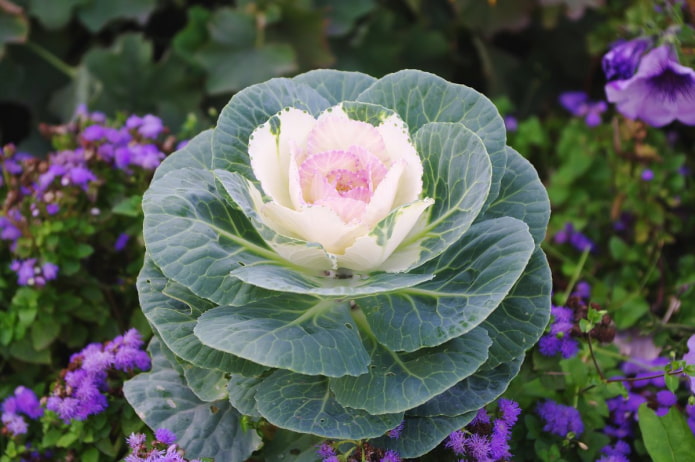
Trillium
This is a perennial plant that can only please if it grows in the shade. In addition, it has decorative not only flowers, but also leaves, and therefore it will delight constantly, regardless of the growing season.

Crocuses
Crocuses were brought to us from Central Europe and now in our regions there are over 300 varieties. To make the flowerbed look more interesting, it is recommended to plant multi-colored groups of crocuses. For example, you can combine purple, orange and yellow flowers with white, lilac and cream.
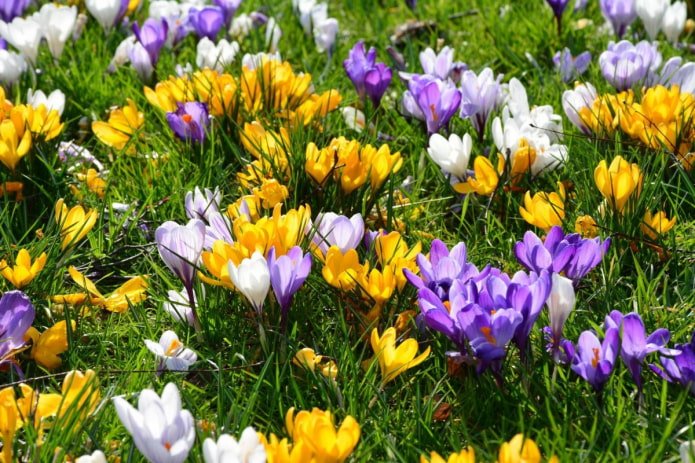
Alyssum maritima
The variegated color range of alyssum maritima can delight all summer long, right up until the first frosts. And its aroma attracts not only bees, but also everyone’s attention.
It would seem that it has a rather simple flowering, small flowers, but in the overall mass of the flowerbed it looks beautiful and complete.
Alyssum maritima is distinguished by its rapid growth, in a couple of months from several bushes a full-fledged flowering carpet is obtained.
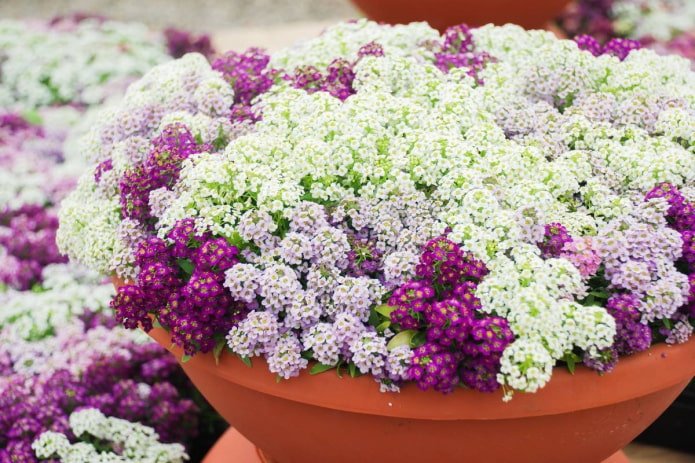
Juniper horizontalis
This is a non-flowering representative of low-growing plants for the garden. But at the same time very attractive. Juniper has more than a hundred varieties and subspecies. However, for a small garden plot, its dwarf variety called “Blue Chip” is best suited.
This variety differs from others in its small size, as well as the blue color of the branches.
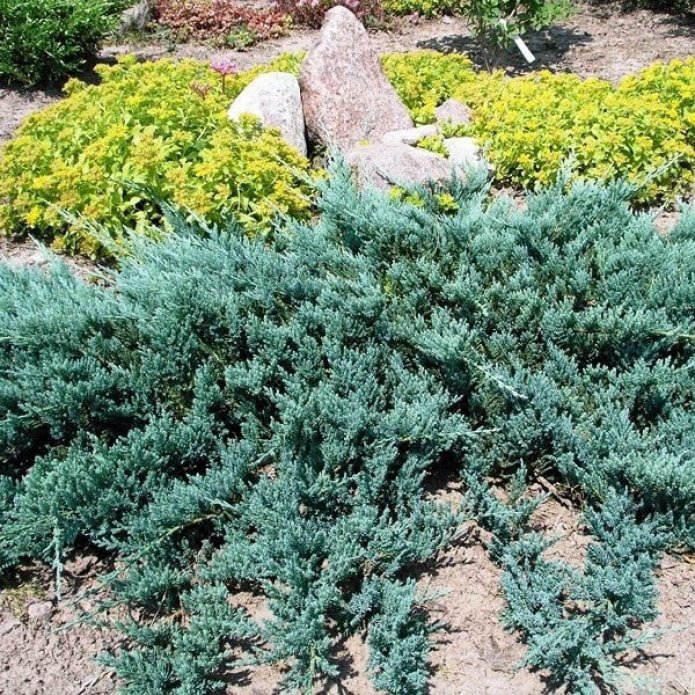
Petunia
Petunia can rightfully be called the “queen” among low-growing flowers. It is probably difficult to find at least one plot where it would not grow.
Gardeners love it for its bright colors and unpretentiousness in care. With the help of just one petunia, you can create incredibly beautiful rock gardens and flower beds. After all, this flower is presented in a huge number of varieties and subspecies.
If you want a bright flower carpet, then I recommend giving preference to ampelous petunia.
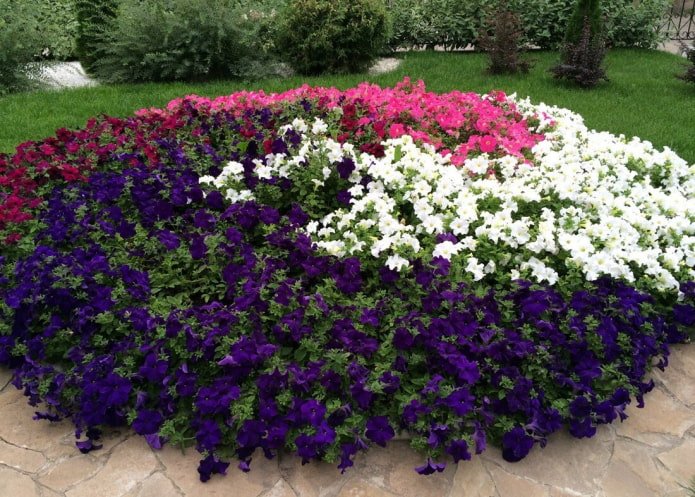
Calceolaria
The South American flower will not leave anyone indifferent. After all, its inflorescences of an unusual shape always attract attention.
But the foreign guest needs to be fed from time to time and monitored so that it is not attacked by aphids. As a top dressing, you can use any universal product that you use for your flowerbed.
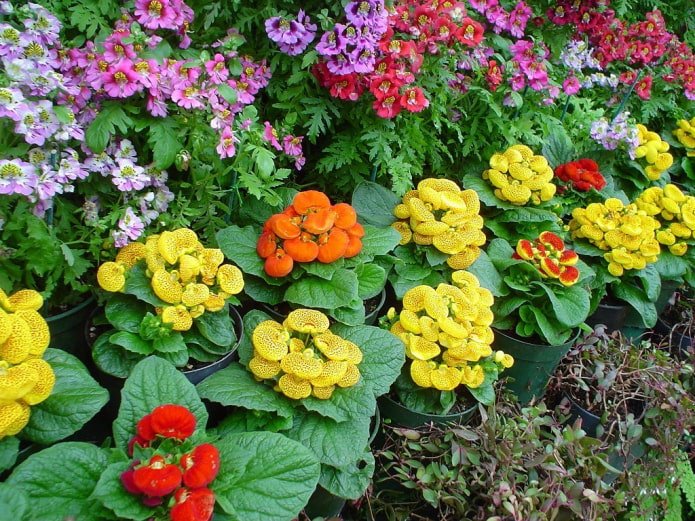
Hosta
Hosta is suitable for an alpine slide or mixborder located in the shady part of the site. It grows quite quickly, especially if it is provided with regular watering, and therefore it is better to plant separately from other low-growing flowers.
The plant does not tolerate direct sunlight.

Lupine
If you do not want to spend time every year on the design of the flowerbed, then pay attention to lupines. But when buying seedlings from unverified sellers, be careful, as they can be both perennial and annual. Therefore, inquire in advance what variety you are buying, so that there are no unpleasant surprises later.
By the way, lupines can be grown independently from seeds. Sowing should be done no later than the first week of March, and it can be transplanted into open ground when the second leaf blade has formed.
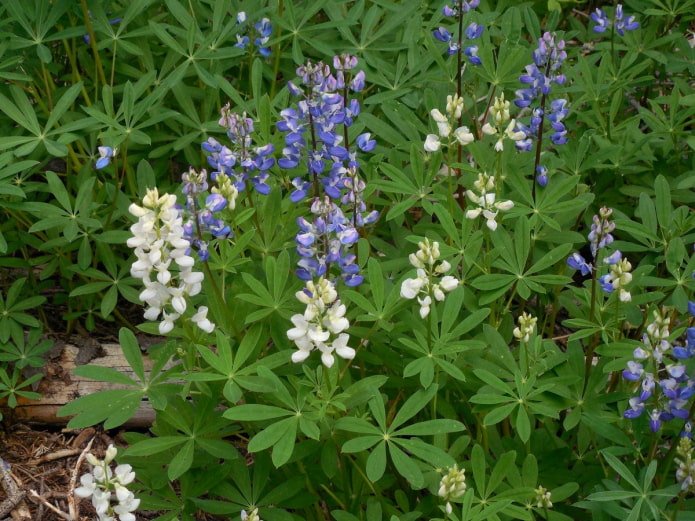
Large Astrantia
The spreading bushes of large astrantia are distinguished by lush flowering and a sweetish aroma. White, pink and burgundy inflorescences are most common. Sometimes, small multi-colored flowers are possible on one shoot. This plant is ideal for creating an alpine slide.
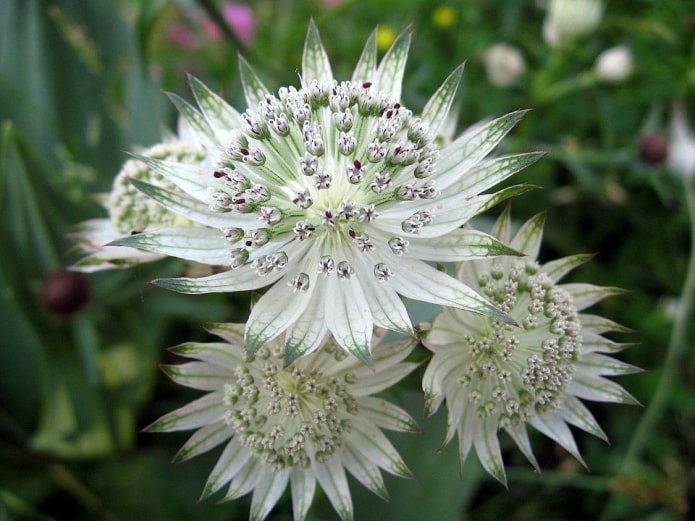
Low-growing plants for the garden will help to improve the appearance of the site without spending a lot of time and effort.
Now reading:
- 12 Ways to Create a Cozy Atmosphere in Your Bedroom.
- Country style in the bathroom: key features and design examples
- Corner sofas: more than 80 photos for the living room, kitchen, children’s room and balcony
- Companion wallpapers for interior: 55 photos, design and ideas of color harmonies.
- Design of a compact studio for a family with a child.